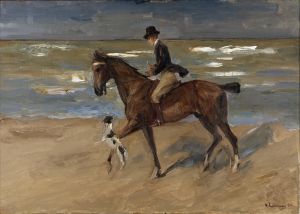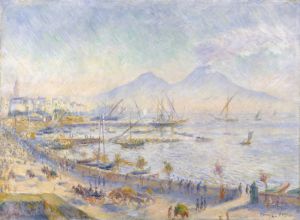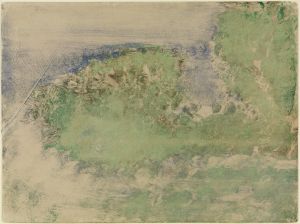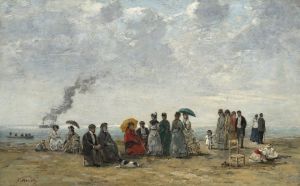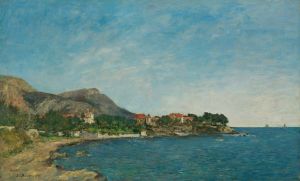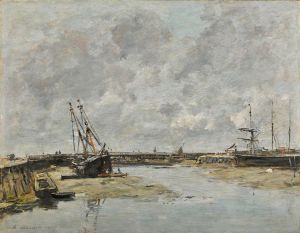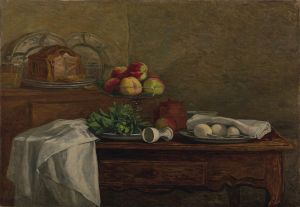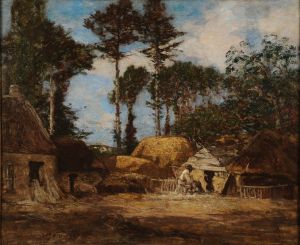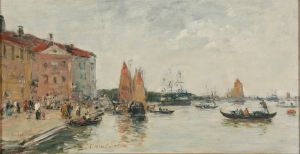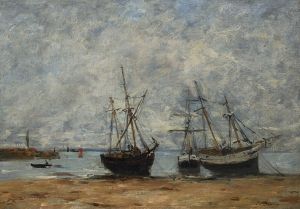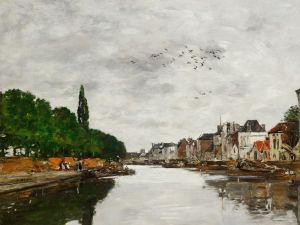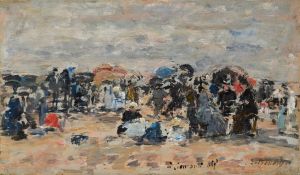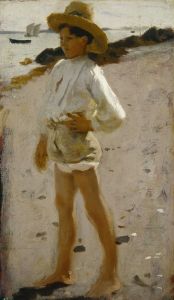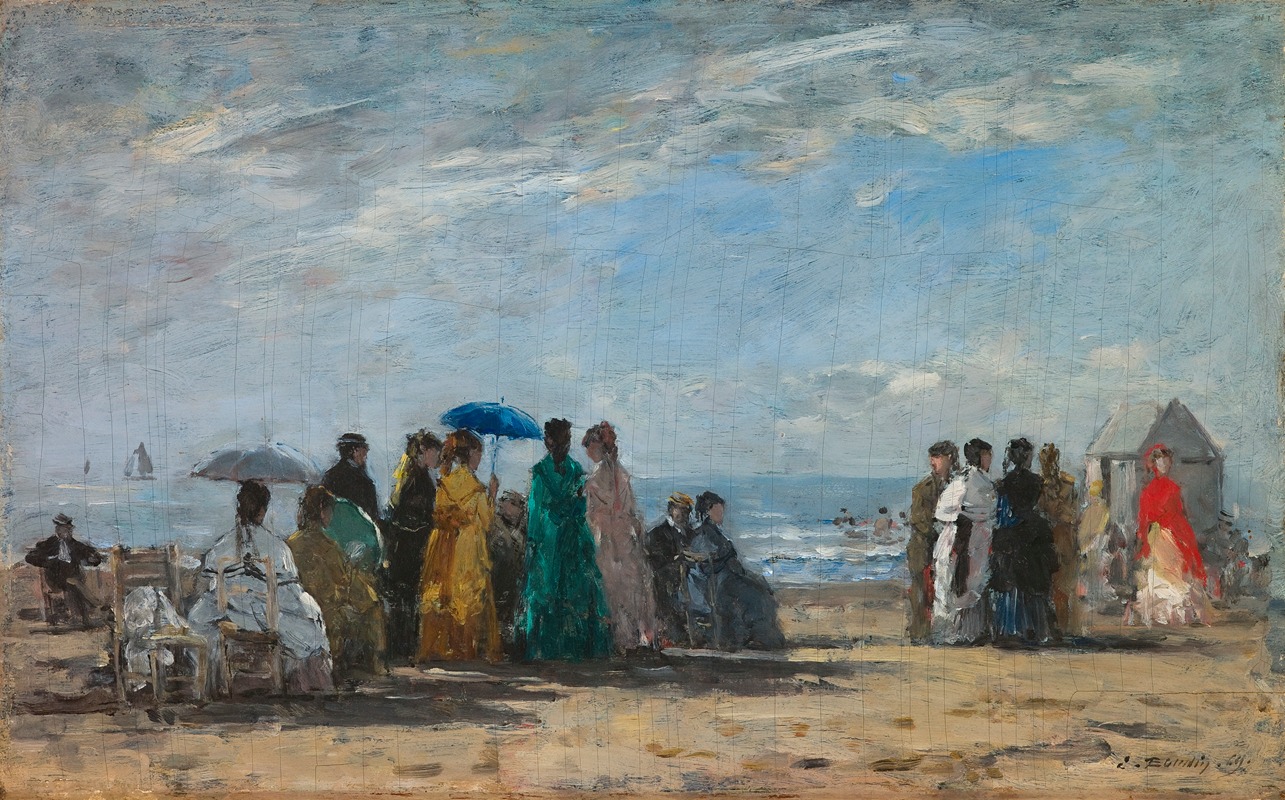
The Beach at Trouville
A hand-painted replica of Eugène Boudin’s masterpiece The Beach at Trouville, meticulously crafted by professional artists to capture the true essence of the original. Each piece is created with museum-quality canvas and rare mineral pigments, carefully painted by experienced artists with delicate brushstrokes and rich, layered colors to perfectly recreate the texture of the original artwork. Unlike machine-printed reproductions, this hand-painted version brings the painting to life, infused with the artist’s emotions and skill in every stroke. Whether for personal collection or home decoration, it instantly elevates the artistic atmosphere of any space.
The Beach at Trouville is a painting by the French artist Eugène Boudin, created in 1864. Boudin, often regarded as one of the precursors of Impressionism, was known for his depictions of coastal scenes and his ability to capture the effects of light and atmosphere. This work exemplifies his fascination with the seaside and his innovative approach to plein air painting.
The painting portrays a lively beach scene in Trouville-sur-Mer, a popular seaside resort in Normandy, France. During the mid-19th century, Trouville became a fashionable destination for the French bourgeoisie, who were drawn to its picturesque coastline and the growing trend of seaside leisure. Boudin frequently visited Trouville and other coastal towns, where he found inspiration for many of his works.
In The Beach at Trouville, Boudin captures a group of elegantly dressed figures enjoying the beach. The composition reflects the social customs of the time, with men and women dressed in formal attire despite the casual setting. The figures are depicted in a relaxed manner, strolling along the shore or seated under umbrellas, emphasizing the leisurely atmosphere of the scene. The painting is notable for its loose brushwork and delicate use of color, which convey the shimmering light and breezy air of the seaside.
Boudin's technique in this work demonstrates his mastery of capturing transient effects of light and weather. The sky, a dominant feature in the painting, is rendered with soft, fluid strokes, blending shades of blue, white, and gray to suggest the movement of clouds. The sand and water are similarly treated with subtle tonal variations, creating a harmonious balance between the natural elements and the human presence.
This painting is significant in the context of art history as it reflects Boudin's role in bridging the Realist tradition and the emerging Impressionist movement. His focus on outdoor scenes and his emphasis on light and atmosphere influenced younger artists, including Claude Monet, who regarded Boudin as a mentor. Monet himself later adopted similar themes and techniques in his own work.
The Beach at Trouville is housed in the Musée d'Orsay in Paris, France, which holds an extensive collection of 19th-century art. The painting remains an important example of Boudin's contribution to the development of modern landscape painting and his ability to capture the charm and vitality of everyday life by the sea.





